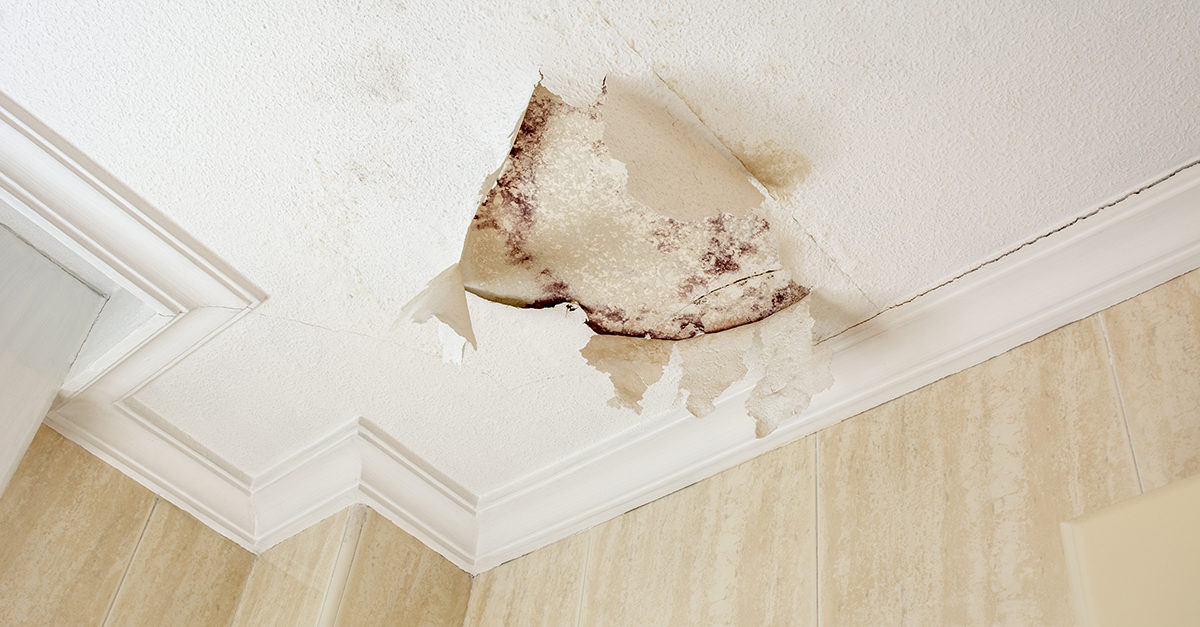Mold is ubiquitous. In more simple terms, it can be found everywhere. When we open or close the front door, mold spores rush in behind us. When we open the window to get some fresh air, mold spores float right in. Even in commercial environments where fresh air make-up is part of the air conditioning system, mold spores are an inevitable uninvited guest.
When mold spores are given the right temperature, moisture or humidity level, and food source, they begin to grow; when they begin to grow the indoor environment smells musty. If you can smell mold, you can be sure your facility has fallen victim.
Some folks are highly allergic to mold, so it’s important to locate it to reduce contamination levels. But where is a good place to start?
1. Mold Is Found in Places That You Can’t Reach
Every horizontal surface receives mold spores that have settled out. If there is dust on a surface, it probably contains mold spores. A thorough cleaning, especially in higher areas that are hard to reach like crown moldings, door jambs, and kitchen cabinets and bookcases, will reduce the possibility of mold growth.
2. Mold Is Found in Places That You Can’t See
That dark closet where you keep all your cleaning supplies is a great place for mold to grow. I spoke with an elderly woman who pulls out her refrigerator every week to clean behind it because she is so concerned about mold growing back there. Just because you can’t see it, doesn’t mean it’s not a great incubator for mold.
3. Mold Is Found Wherever It Is Wet
There are places that hold water you may never have thought about. The refrigerator has a shallow pan underneath the motor that may have water in it. And the same goes for a freezer. A small undetected leak on the icemaker line or at the shut-off valve under the sink might produce enough water to help mold grow. Have you checked your facility’s washing machine connection lately to make sure it is tight and not dripping?
4. Mold Is Found Where There Is Poor Air Circulation
Look behind furniture jammed up against the wall or in utility closets that overflow with boxes and have no ventilation. Periodically check these areas to reduce the possibility that mold contamination will proliferate.
The conclusion: Mold hides in plain sight. You need only look for it. And when you find it, clean it up immediately to create a cleaner and healthier indoor environment. Out of sight does not translate to out of mind.




